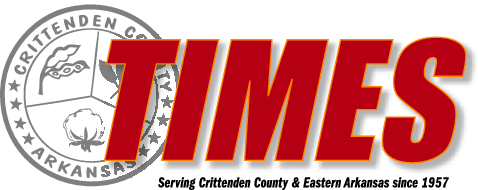State Farm warns homeowners about the 12 Fire Horrors of the Holidays
State Farm warns homeowners about the 12 Fire Horrors of the Holidays
State Farm Public Relations The holiday season is the time of year when most people are thinking about shopping for gifts, office parties, and spending time with family and friends. Sadly, this is also the time when home fires peak. State Farm reminds consumers that the potential for a home fire is highest during the winter months. A recent survey conducted by Harris Interactive found that nearly 50 percent of Americans age 23 and over increased their chances of a home fire because of decorating for the holidays:
• 34 percent connect multiple extension cords together
• 16 percent put up holiday lights without inspecting them for frayed cords
• 9 percent let their tree dry out after it is decorated in the home
• 9 percent have lit a fire without an annual chimney inspection
• 5 percent have left a burning candle unattended To help keep your family and loved ones safer during the holiday and winter season, learn how to avoid the 12 fire horrors of the holidays.
Cooking Calamities:
While November is the top month for grease and cooking- related fires, December is a close second. Unattended cooking remains one of the top causes of home fires. There are a lot of distractions and all it takes is a brief moment for a cooking fire to get out of control. Keep an all-purpose or Class ABC rated fire extinguisher nearby to get a kitchen fire under control.
Space Heaters: Home heating equipment is second to cooking fires for causing home structure fires. More than half of home heating fires occur during December, January and February. Avoid setting up a space heater too close to curtains, furniture, or holiday decorations. Remember to keep at least three feet of clear space around it and set it up on the floor unless it is designed for other use.
Children Playing with Fire: The number of fires and deaths caused by children playing with fire goes up significantly during the holidays. Never leave children unsupervised with ignition materials such as matches or lighters.
Wood Only in the Fireplace: Do not burn trash, cardboard boxes or Christmas trees in the fireplace. These items burn unevenly and may cause a dangerous flash fire.
Caution with Candles:
Christmas Day is the peak day of the year for candle fires. Make sure candles are in stable holders and place them where they cannot be easily knocked down. Never leave the house with candles burning.
Holiday Lights: Inspect holiday lights each year for frayed wires, bare spots or broken sockets before putting them up. Remember to turn off holiday lights before leaving the home or going to bed.
Counterfeit Electronics:
Christmas lights are the perfect product for counterfeiting – high volume and low manufacturing cost. Look for CSAor UL certification marks that indicate the product was tested and met the product safety standards.
Overloaded Outlets:
Don’t overload your electrical outlets with too many lights or decorations.
Electrical Cords: To reduce the chance of overheating, electric cords should never be bundled together or run under rugs or carpet.
Christmas Trees: Take fire safety precautions when keeping a live tree in the house. Needles on fresh trees should be green and hard to pull back from the branches. Regularly give the tree plenty of water.
Dirty Chimney: Most chimney fires are caused by the buildup of creosote, a highly combustible byproduct of burning wood. To protect your chimney from creosote buildup, have it inspected and cleaned annually.
Dirty Fireplace: When cleaning your fireplace, put embers in a metal container and set them outside to cool for 24 hours before disposal.
From Kip Diggs


Share